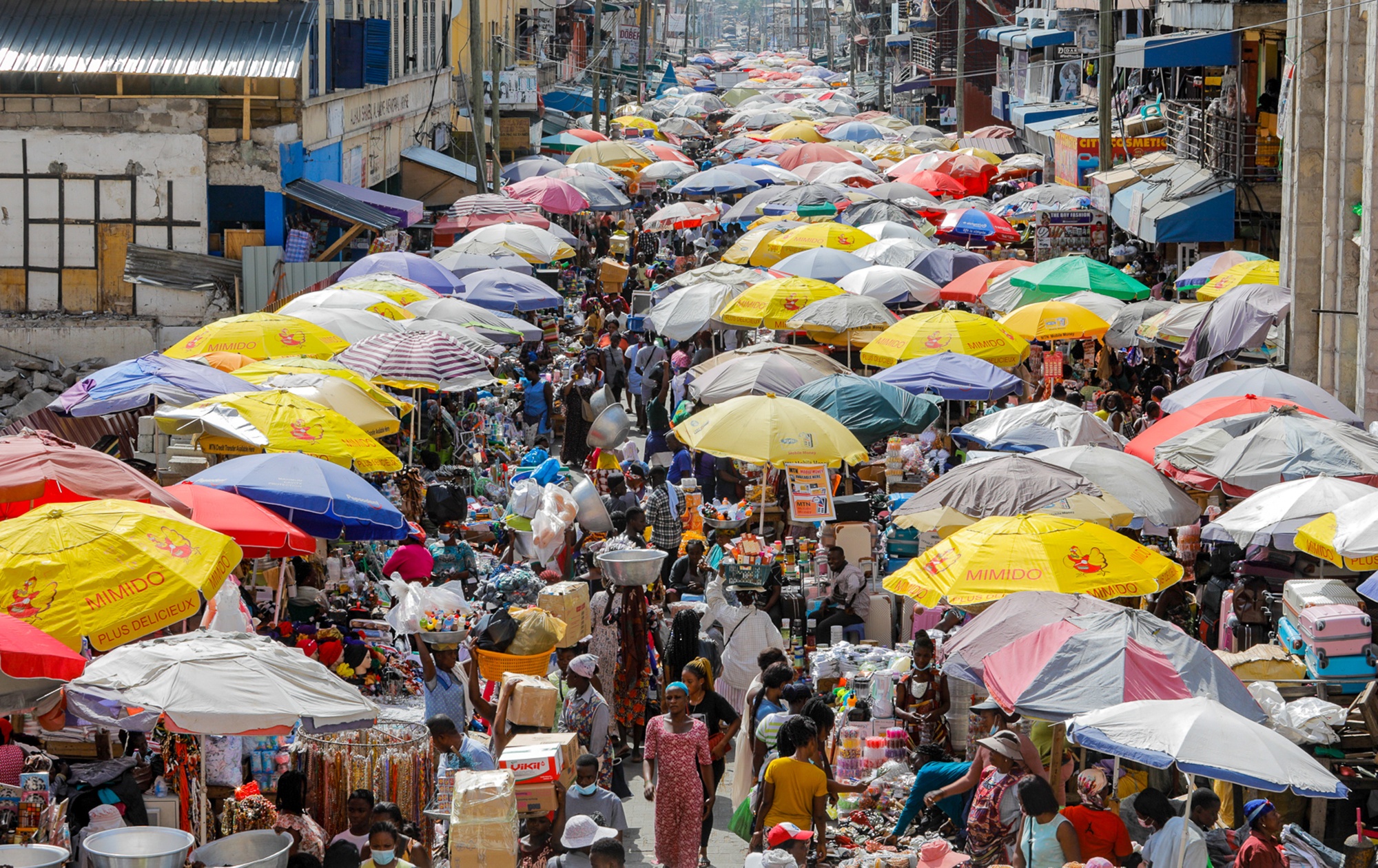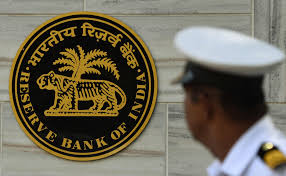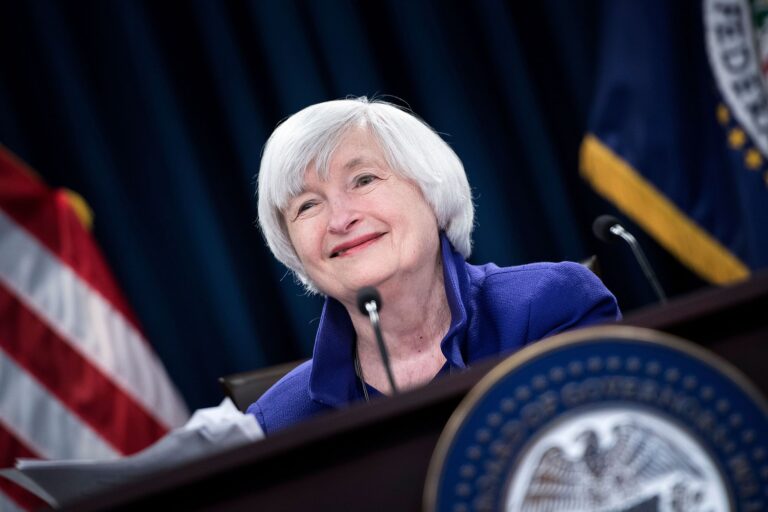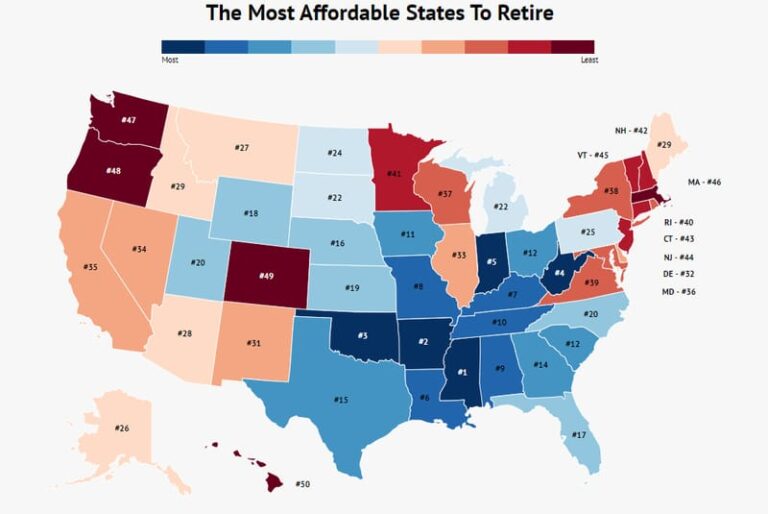Low-Income Countries Face Financial Pressure Due to Higher Interest Rates
This year, low-income countries will be hit with their largest bills for foreign debt servicing in 25 years due to higher interest rates.
As a result, their spending on crucial areas such as health and education is in danger of being compromised.
According to a study that will be published in the coming days by debt campaign group Debt Justice, repayment of public debt owed to non-residents by 91 of the world’s poorest countries is expected to consume over 16% of government revenues in 2023, and this figure is projected to rise to almost 17% next year.
The numbers presented are the highest since 1998, and they can be attributed to the sharp increase in global borrowing costs witnessed last year.
This higher interest rates were prompted by central banks’ efforts to combat high inflation by implementing rapid rate hikes.
According to separate data from the IMF, the burden of debt service for a significant number of the 91 countries classified as low and lower-middle income by the World Bank is significantly greater due to repayments on domestic debt, which was borrowed from lenders within their respective countries.
The higher interest rates are likely to spark a continued discussion regarding debt forgiveness.
At the turn of the millennium, multilateral lenders and foreign governments, spearheaded by the IMF and the World Bank, provided extensive debt relief.
The Highly Indebted Poor Countries initiative resulted in the elimination of a significant portion of bilateral and multilateral foreign public debt for numerous nations.
Debt Justice‘s Executive Director, Heidi Chow, stated that debt repayments for many governments are once again reaching “crisis” levels, hindering their capacity to provide public services, tackle the climate crisis, and deal with economic turbulence.
The average hit a low of 6.6% of revenues in 2011 and has been increasing ever since.
Chow urged for swift and comprehensive relief on external debts, which involves amending the laws regulating bond contracts in England and the state of New York to compel private creditors to participate in debt cancellation.
However, Masood Ahmed, the president of the Washington-based think-tank, the Center for Global Development, and a former senior IMF and World Bank official, argued that the current problems cannot be addressed in the same manner as before.
“It is different now,” he said. “Most borrowers want to keep their access to the multilateral lenders and, most importantly, to private-sector creditors.”
Data from the World Bank analyzed by Debt Justice shows that Sri Lanka has the highest schedule of external repayments, which equals 75% of the government’s revenues this year.
However, after defaulting on its external debts last year, the country is unlikely to meet these payments.
Sri Lanka’s burden of debt repayment on domestic debt is much higher. As per an IMF report published last month, the repayments on domestic debt are projected to exceed 27 percent of the country’s gross domestic product in 2023.
This figure is almost three times higher than the external debt repayments, which are equivalent to 9.8 percent of GDP, as per the IMF data.
Zambia, which defaulted on its external debts in 2020, and Ghana, which also did so last year, are facing significant challenges due to their high levels of domestic debt, further straining their public finances.
According to Debt Justice, Pakistan, which is considered by many economists to be at high risk of default, is expected to make repayments on foreign public debts this year that amount to 47% of government revenues.
Meanwhile, the IMF reported in September of last year that Pakistan’s external government debts are equal to 28% of GDP, and its domestic debts amount to 37% of GDP.






